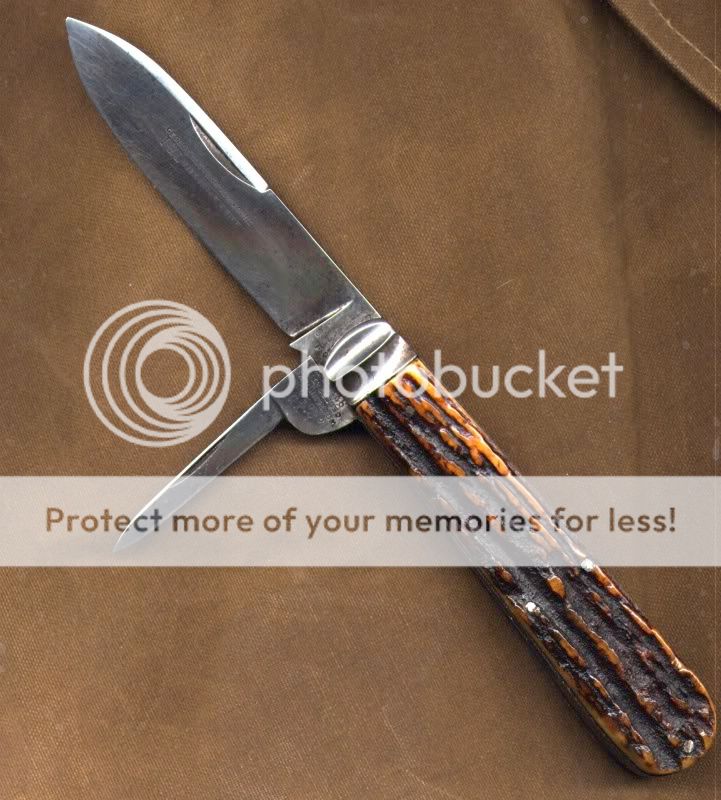- Joined
- Apr 3, 2004
- Messages
- 3,536
"Heavy pocket knives?"
Yeah, that would be interesting.
Gut says a heavy clasp knife, or maybe something akin to a large cattle.
The BladeForums.com 2024 Traditional Knife is ready to order! See this thread for details:
https://www.bladeforums.com/threads/bladeforums-2024-traditional-knife.2003187/
Price is $300 $250 ea (shipped within CONUS). If you live outside the US, I will contact you after your order for extra shipping charges.
Order here: https://www.bladeforums.com/help/2024-traditional/ - Order as many as you like, we have plenty.
"Heavy pocket knives?"
Yeah, that would be interesting.








"Heavy pocket knives?"
Yeah, that would be interesting.
So, question answered: They carried Buck 110s!




